Preventing Sarcopenia: Why Exercise Is Key
As we age, our bodies undergo many changes, including a decrease in muscle mass and strength. This condition, known as sarcopenia, can lead to a host of health problems, including falls, fractures, and loss of independence. Fortunately, there are ways to prevent sarcopenia, and one of the most effective is exercise. In this article, we'll explore the relationship between exercise and sarcopenia prevention, and provide tips on how to develop an exercise plan that will help keep your muscles strong and healthy.
Understanding Sarcopenia
Sarcopenia is a condition characterized by a loss of muscle mass and strength, which can lead to weakness, fatigue, and decreased mobility. It typically begins around age 30 and progresses gradually over time. While sarcopenia is a normal part of aging, it can be accelerated by factors such as poor nutrition, inactivity, and chronic diseases such as diabetes and heart disease.
Importance of Exercise for Sarcopenia PreventionResearch has shown that exercise plays a crucial role in preventing sarcopenia. One study published in the Journal of Cachexia, Sarcopenia and Muscle found that regular exercise, particularly resistance training, can improve muscle strength, mass, and function in older adults with sarcopenia (Bauer et al., 2015). Another study published in the American Journal of Epidemiology found that older adults who engaged in regular physical activity had a lower risk of developing sarcopenia compared to those who were sedentary (Arango-Lopera et al., 2013). Exercise has also been shown to improve overall health, balance, and mobility, which are all important factors in preventing falls and maintaining independence in older adults (Liu & Latham, 2009).
There are
three types of exercise that have been shown to be most effective for
preventing and managing sarcopenia:
Resistance
training: Resistance training, also known as strength training, involves using
weights or resistance bands to work your muscles. Resistance training helps to
build and maintain muscle mass and strength, and has been shown to be
particularly effective for preventing sarcopenia. A systematic review and meta-analysis
of randomized controlled trials found that resistance training had a
significant effect on muscle mass and strength in older adults with or without
sarcopenia.
Aerobic exercise: Aerobic exercise, such as walking, cycling, and swimming, is important for maintaining cardiovascular health, but it also has benefits for muscle health. Aerobic exercise has been shown to improve muscle function and strength, and to prevent muscle loss in older adults. A randomized controlled trial found that a combination of aerobic and resistance exercise was more effective at preventing muscle loss in older adults than either type of exercise alone.
Balance training: Balance training, such as yoga or tai chi, is important for maintaining balance and reducing the risk of falls, which can be a serious health risk for older adults. Falls can lead to injuries and loss of independence, and can also contribute to sarcopenia by reducing physical activity levels. A systematic review and meta-analysis of randomized controlled trials found that balance training was effective at improving balance and reducing the risk of falls in older adults.
Resistance training and its benefits
Resistance
training involves using weights or resistance bands to work your muscles.
Resistance training has been shown to be particularly effective for preventing
sarcopenia because it helps to build and maintain muscle mass and strength.
Resistance training can be done using free weights, weight machines, or
resistance bands, and can be adapted to suit different fitness levels and
abilities.
A systematic review and meta-analysis of randomized controlled trials found that resistance training had a significant effect on muscle mass and strength in older adults with or without sarcopenia. Another randomized controlled trial found that resistance training was effective at improving muscle strength and physical function in older adults with sarcopenia.
Aerobic
exercise and its benefits
Aerobic
exercise, such as walking, cycling, and swimming, is important for maintaining
cardiovascular health, but it also has benefits for muscle health. Aerobic
exercise has been shown to improve muscle function and strength, and to prevent
muscle loss in older adults.
A randomized controlled trial found that a combination of aerobic and resistance exercise was more effective at preventing muscle loss in older adults than either type of exercise alone. Another randomized controlled trial found that a structured walking program was effective at improving muscle function and physical performance in older adults with sarcopenia.
Balance exercise
and its benefits
This type of training is especially important for older adults, as well as individuals with neurological conditions, who may be at higher risk of falls and injuries. Balance training can involve exercises that challenge the body's ability to maintain balance, such as standing on one leg, walking heel to toe, and performing balance-enhancing activities like Tai Chi or yoga.
The benefits of balance training include improved posture, increased stability and coordination, reduced risk of falls, and better overall physical performance. Research has shown that incorporating balance exercises into a regular exercise routine can significantly improve balance and reduce the risk of falls in older adults.
Developing an Exercise Plan
If you're
looking to prevent sarcopenia through exercise, it's important to develop an
exercise plan that is safe, effective, and tailored to your individual needs.
Here are some tips for developing an exercise plan:
Consult
with a healthcare professional: Before starting any exercise program, it's
important to consult with a healthcare professional to ensure that you are
healthy enough for exercise and to get recommendations for safe and effective
exercises.
Incorporate
resistance training: As mentioned earlier, resistance training is one of the
most effective ways to prevent sarcopenia. Aim for at least two resistance
training sessions per week, focusing on major muscle groups such as the legs,
arms, and back.
Include other forms of exercise: In addition to resistance training, other forms of exercise such as aerobic exercise, yoga, and tai chi can also be beneficial in preventing sarcopenia. Aim for at least 150 minutes of moderate-intensity aerobic exercise per week, or 75 minutes of vigorous-intensity aerobic exercise per week.
Gradually
increase intensity: To see improvements in muscle mass and strength, it's
important to gradually increase the intensity of your workouts over time. Start
with lighter weights or resistance bands and gradually increase the weight or
resistance as you become stronger.
Conclusion
In
conclusion, sarcopenia is a serious condition that can have significant impacts
on overall health and quality of life. However, by incorporating regular
exercise into your lifestyle, you can help to prevent or mitigate the effects
of sarcopenia. Research has shown that a combination of resistance training,
aerobic exercise, and balance training can be particularly effective in
building and maintaining muscle mass, strength, and function. Developing an
exercise plan that incorporates these different types of exercise can help to
promote overall health and well-being, and reduce the risk of sarcopenia as you
age. Remember, it's never too late to start exercising, and even small changes
in your daily routine can have a big impact on your muscle health over time.
So, take the first step today and start prioritizing exercise as a key part of
your overall health and wellness routine.
References:
Cadore, E.
L., Rodríguez-Mañas, L., Sinclair, A., & Izquierdo, M. (2019). Effects of
different exercise interventions on risk of falls, gait ability, and balance in
physically frail older adults: A systematic review. Rejuvenation research,
22(3), 195-204.
Peterson,
M. D., Rhea, M. R., Sen, A., & Gordon, P. M. (2010). Resistance exercise
for muscular strength in older adults: a meta-analysis. Ageing research
reviews, 9(3), 226-237.
Liu, C. J.,
Latham, N. K., & Progressive Resistance Exercise Interventions for
Sarcopenia (PRISE) Investigators. (2020). Progressive resistance exercise interventions
for sarcopenia in older adults: a systematic review and meta-analysis. Aging
clinical and experimental research, 32(9), 1663-1679.
Ciolac, E.
G., Rodrigues-da-Silva, J. M., & Bocchi, E. A. (2016). Physical exercise as
a tool to mitigate cardiovascular disease and its risk factors. Brazilian
Journal of Medical and Biological Research, 49(3), e5425.
Tanimoto,
M., Sanada, K., Yamamoto, K., Kawano, H., Gando, Y., Tabata, I., & Miyachi,
M. (2018). Effects of whole-body low-intensity resistance training with slow
movement and tonic force generation on muscular size and strength in young men.
Journal of Strength and Conditioning Research, 32(7), 1826-1836.





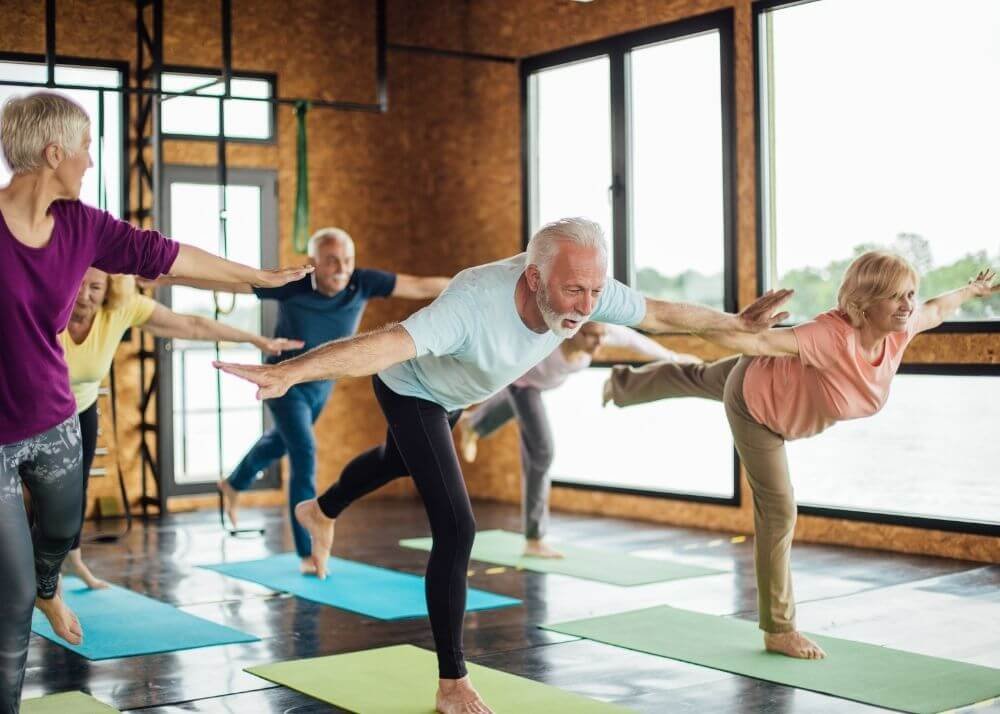

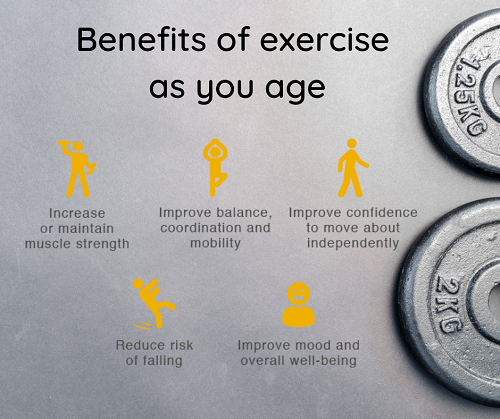
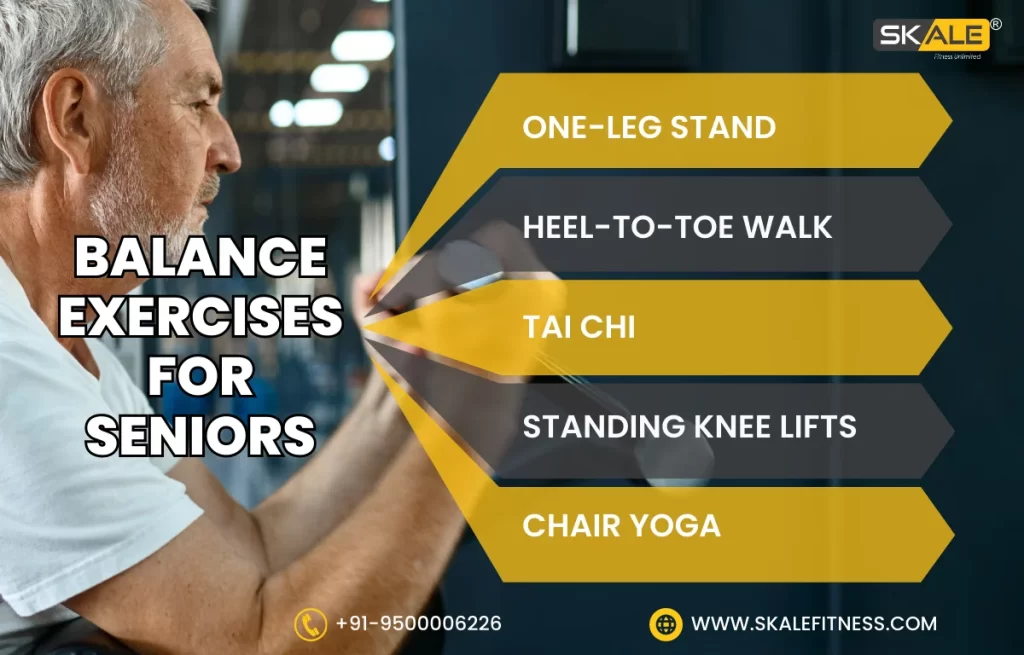
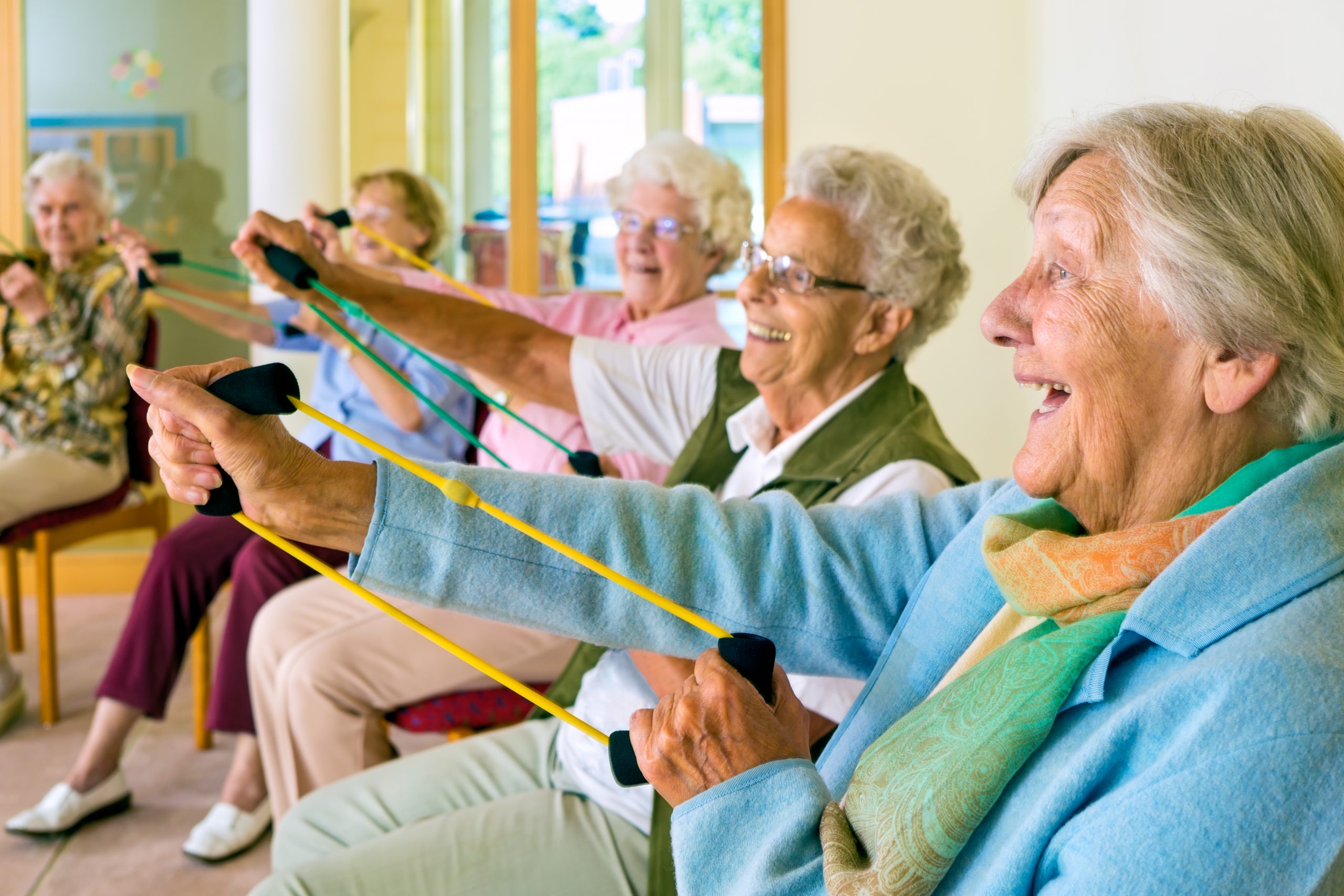


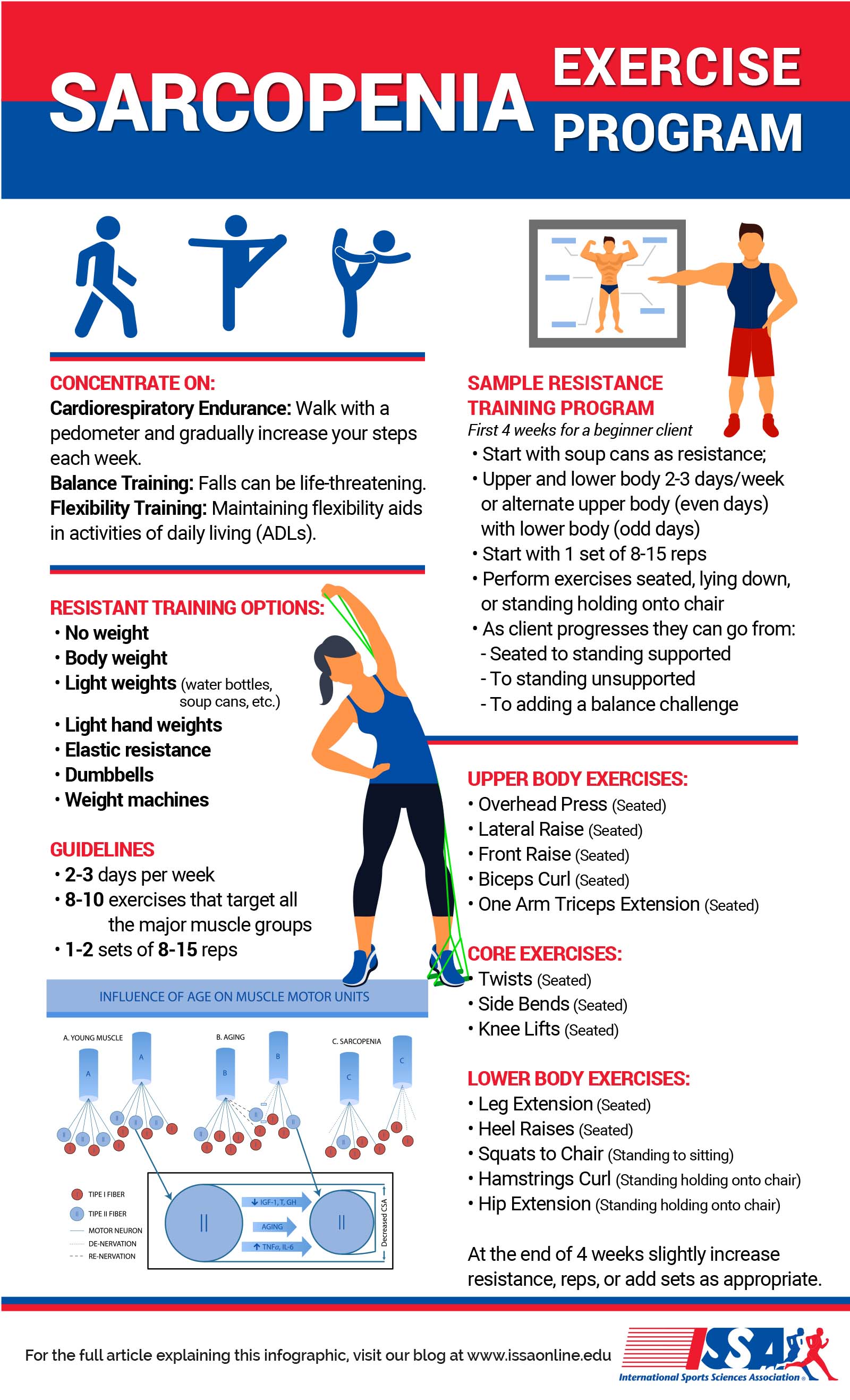
Comments
Post a Comment